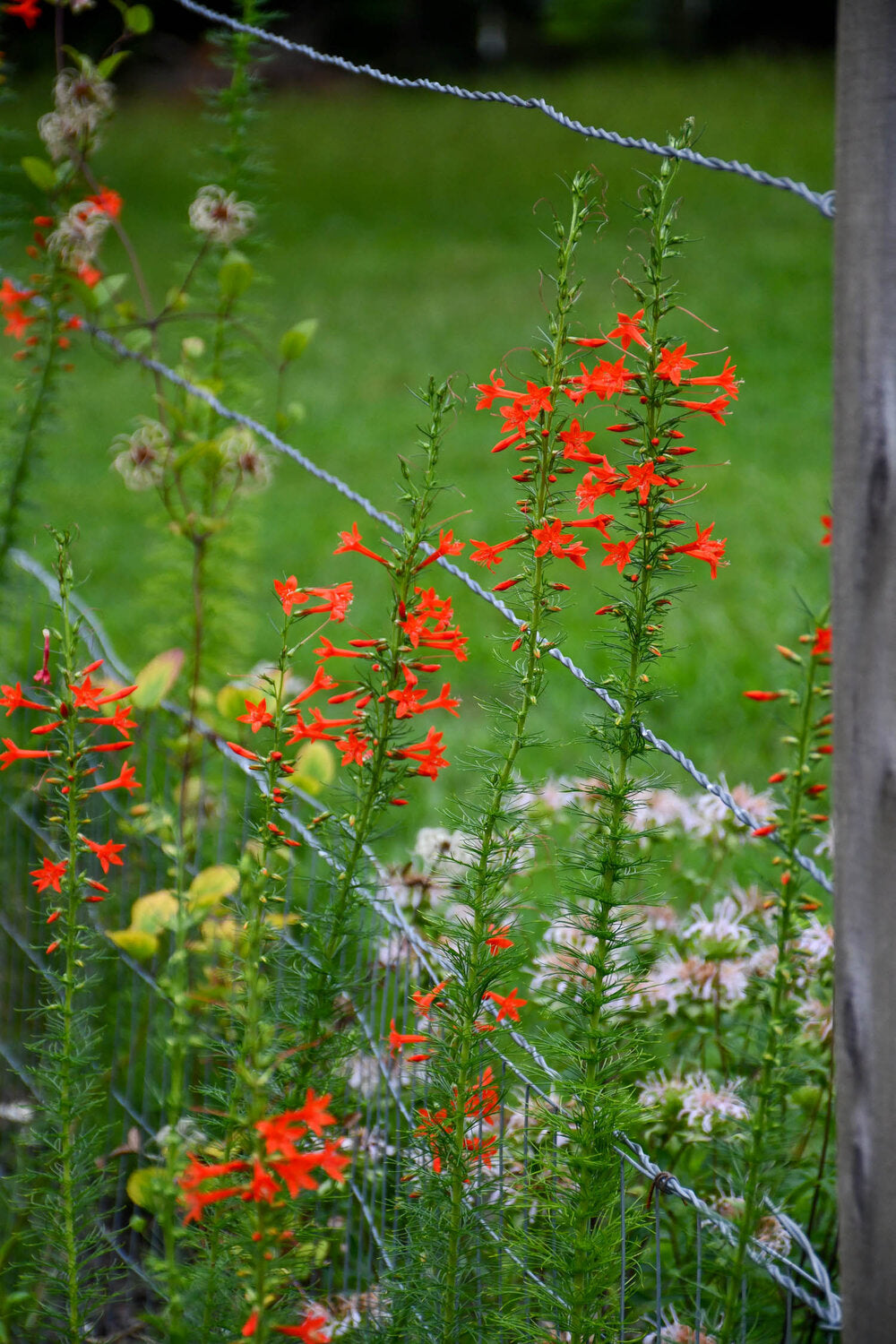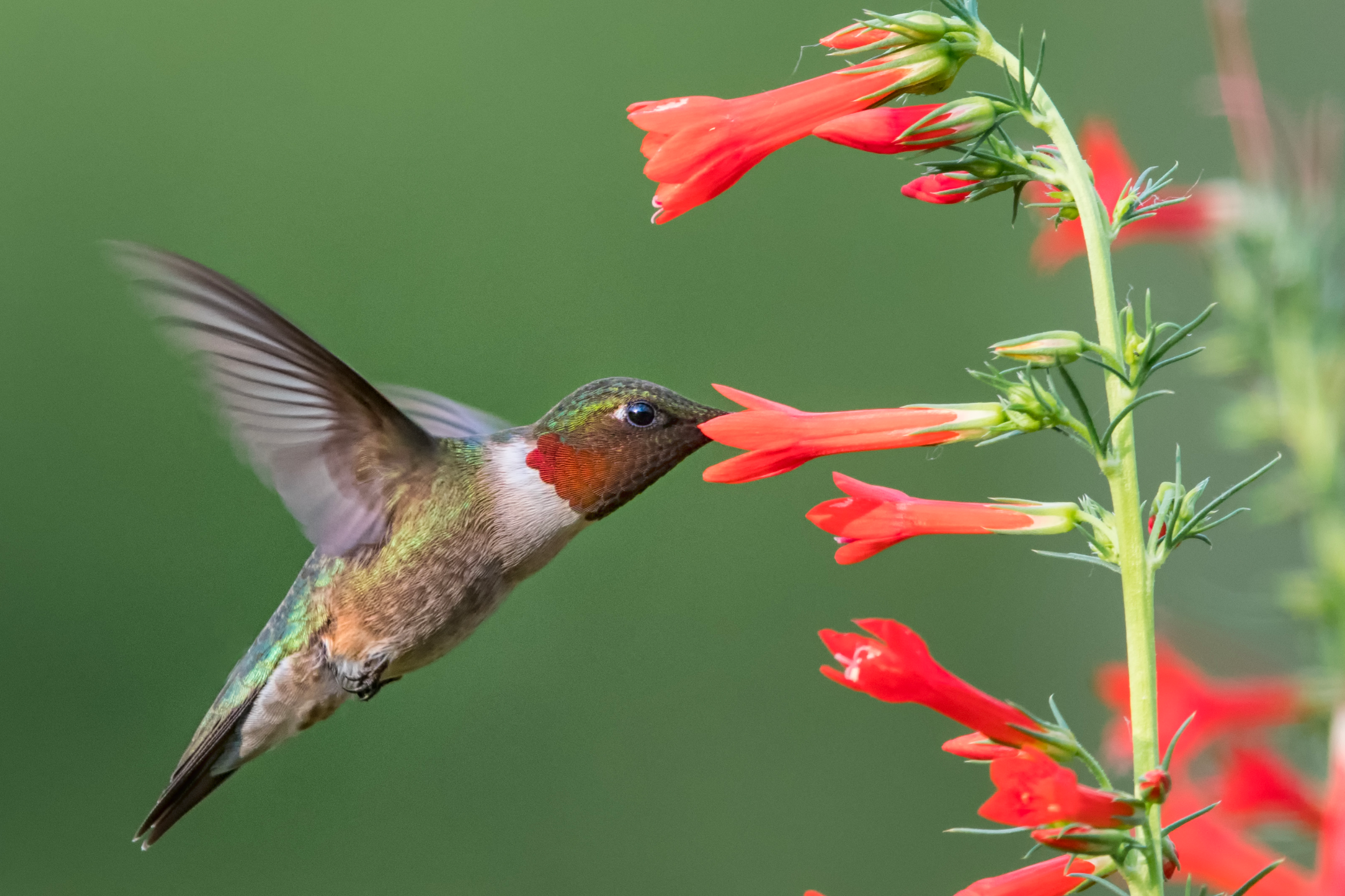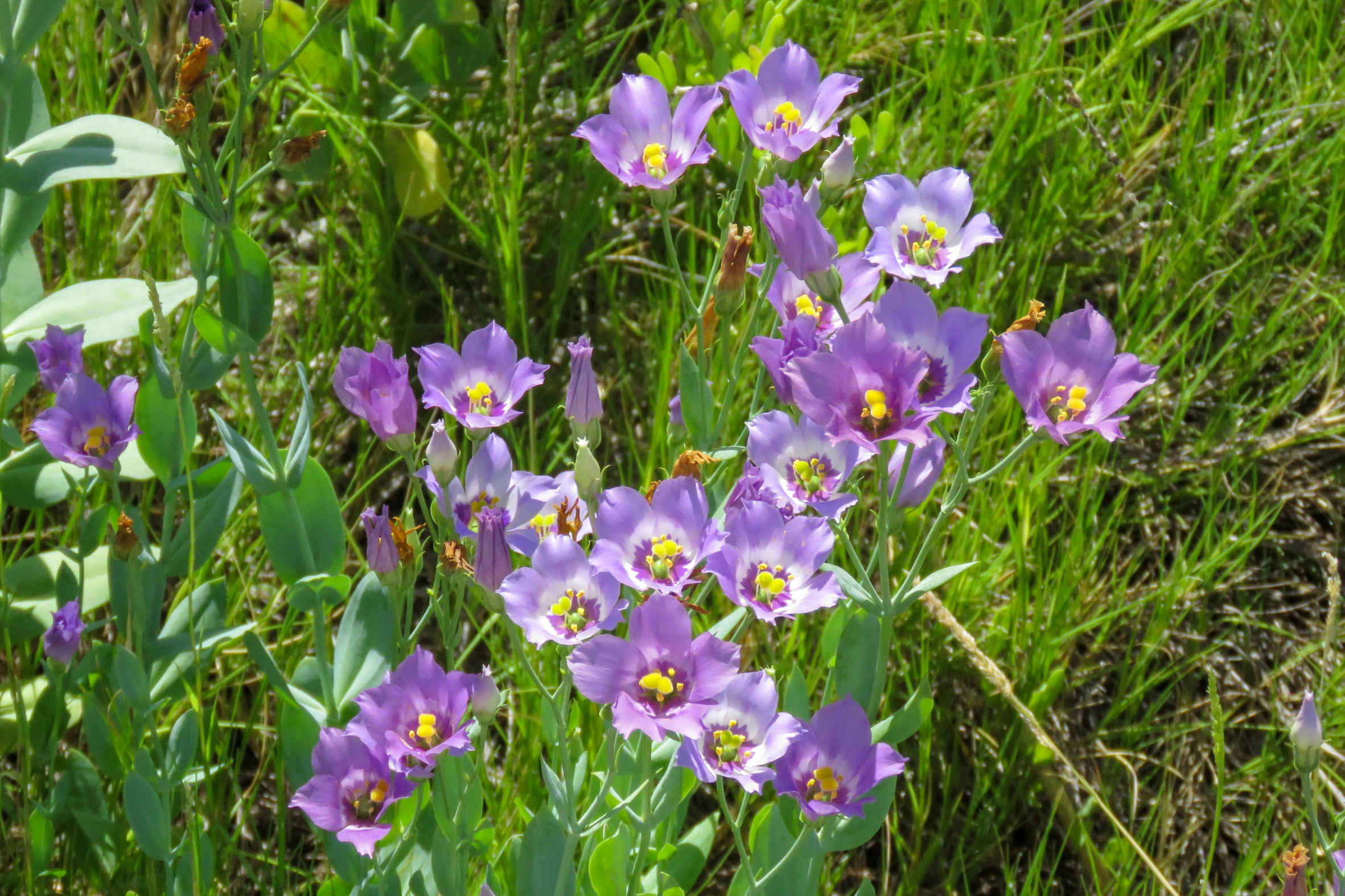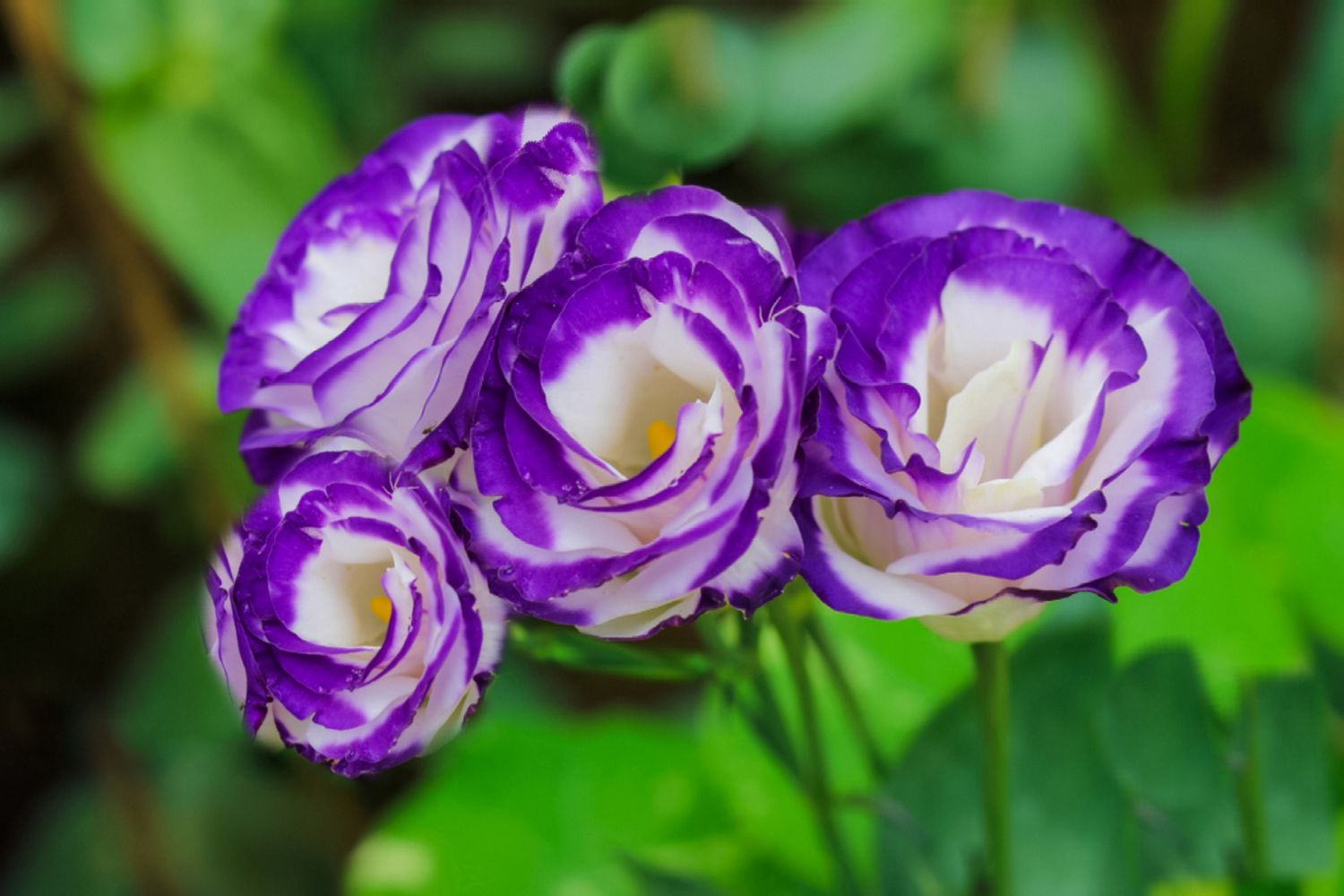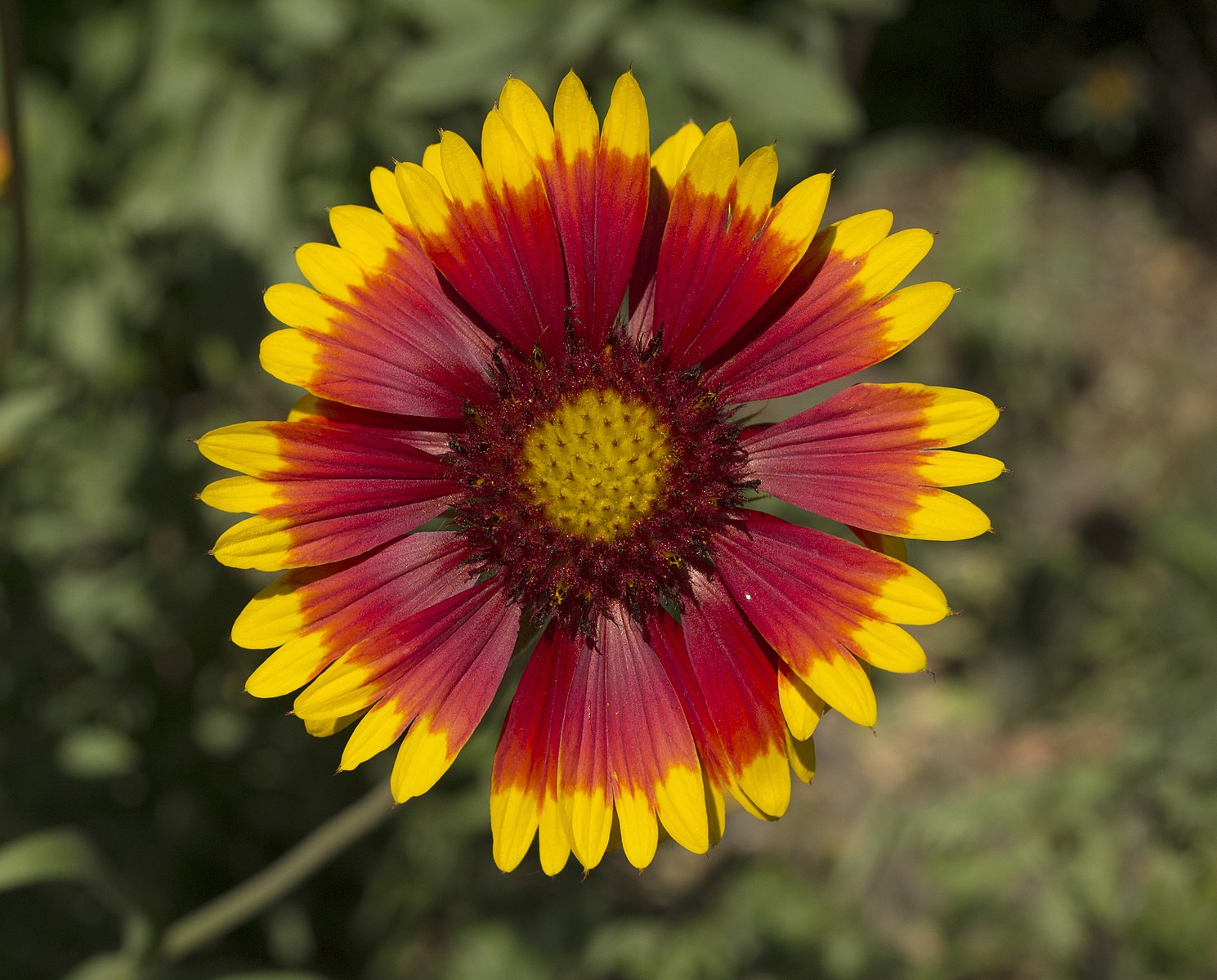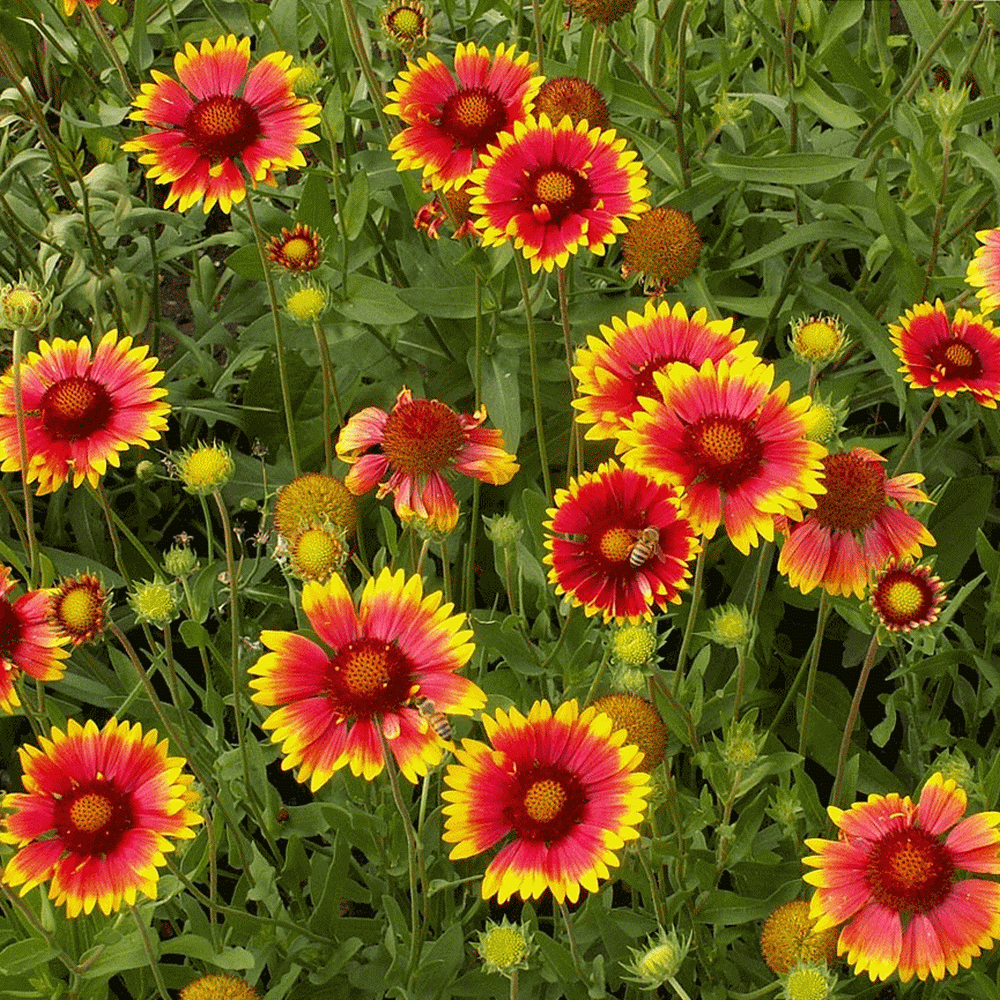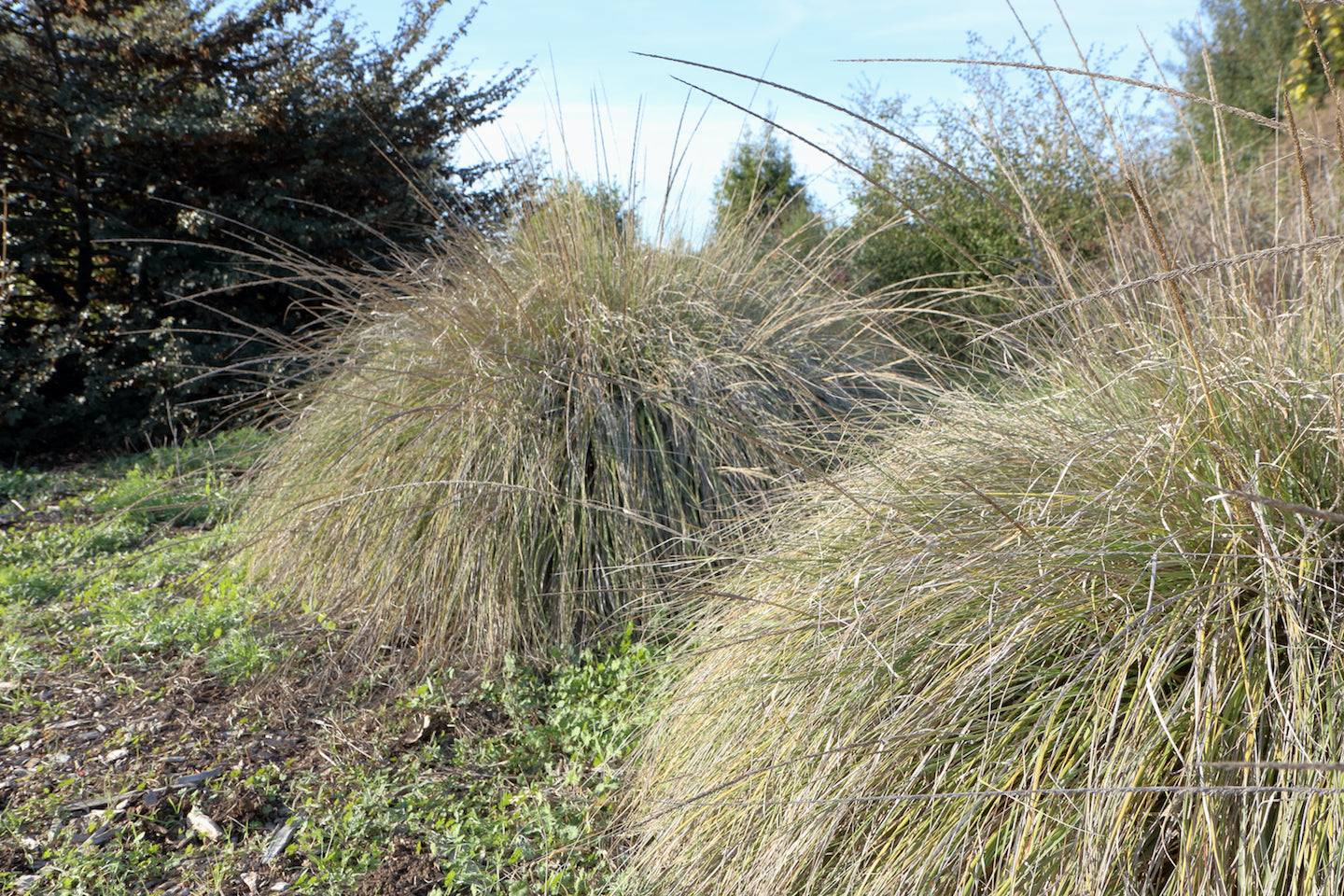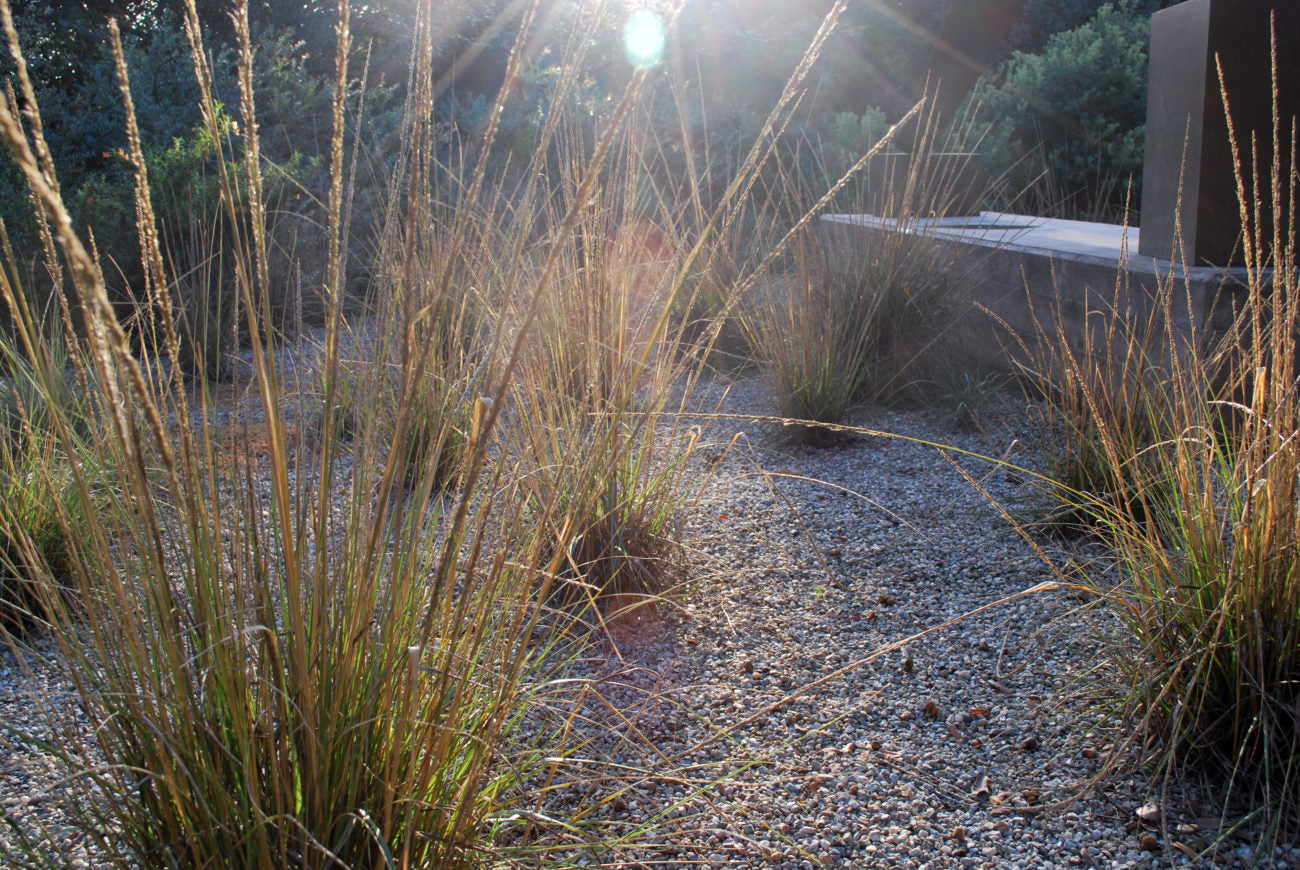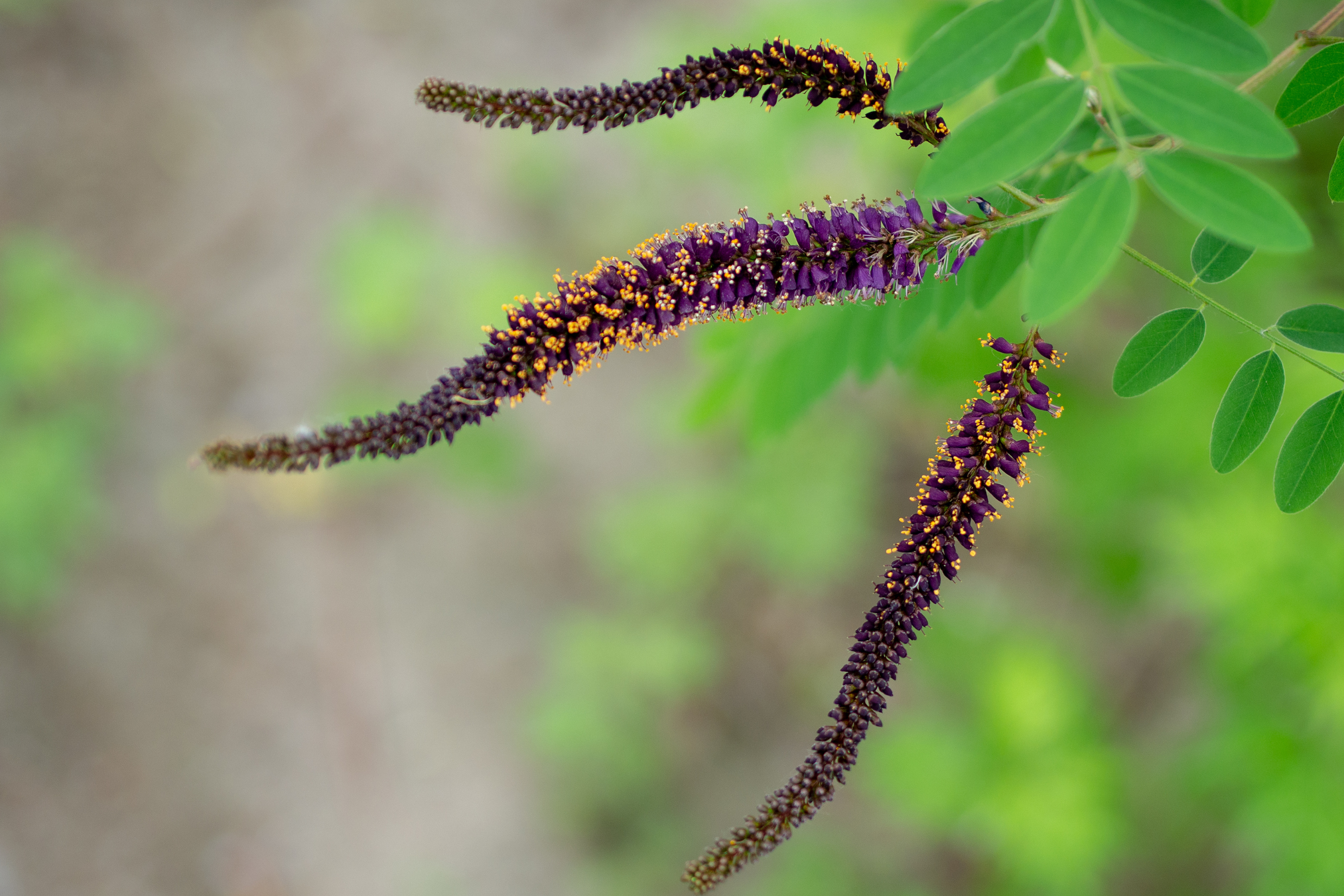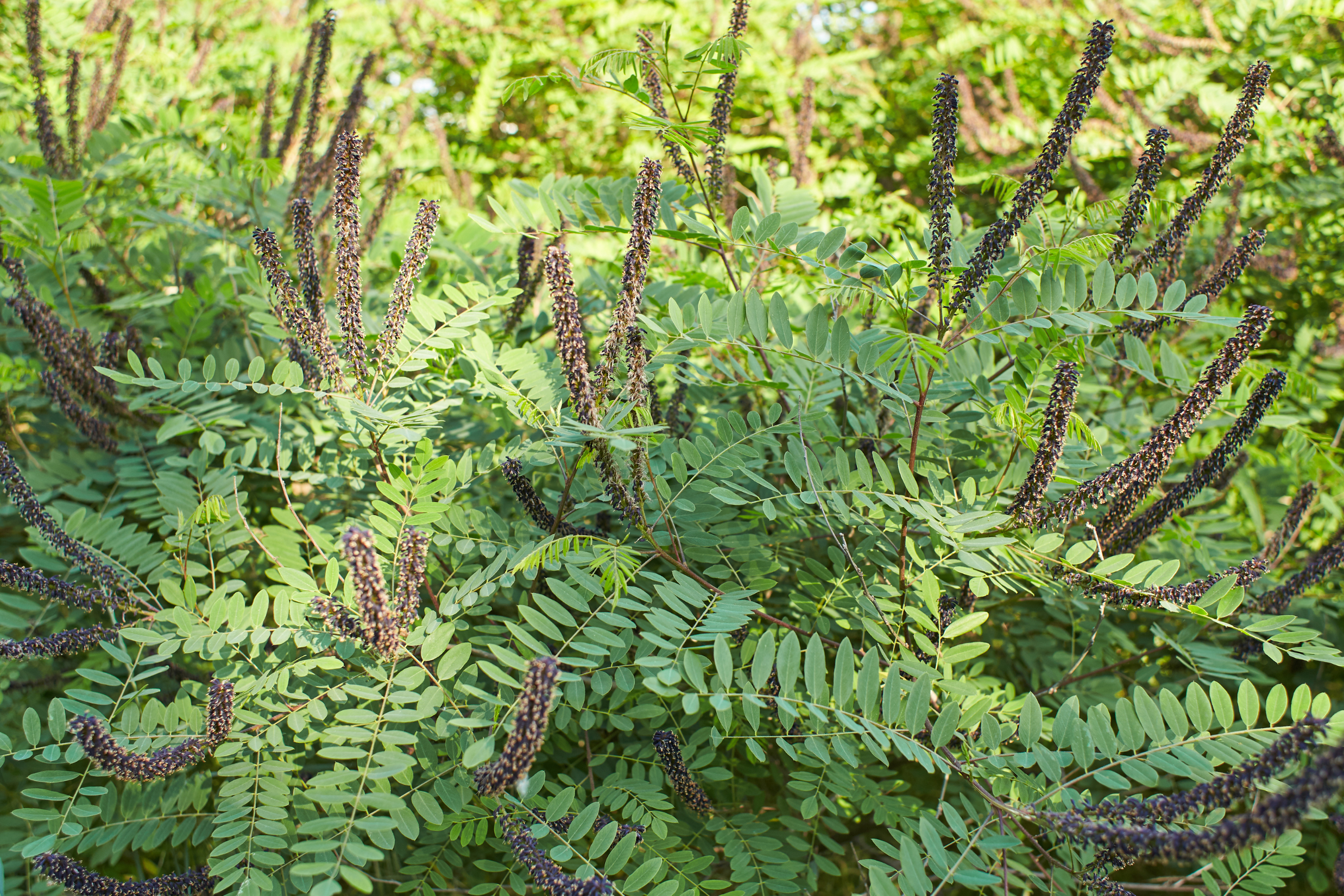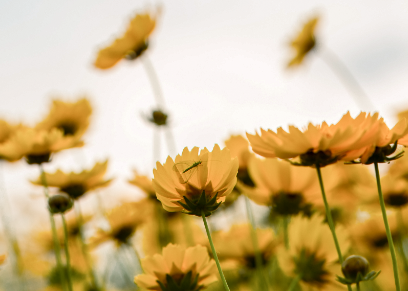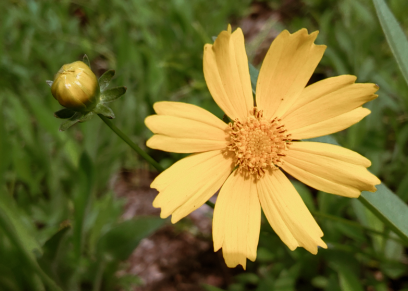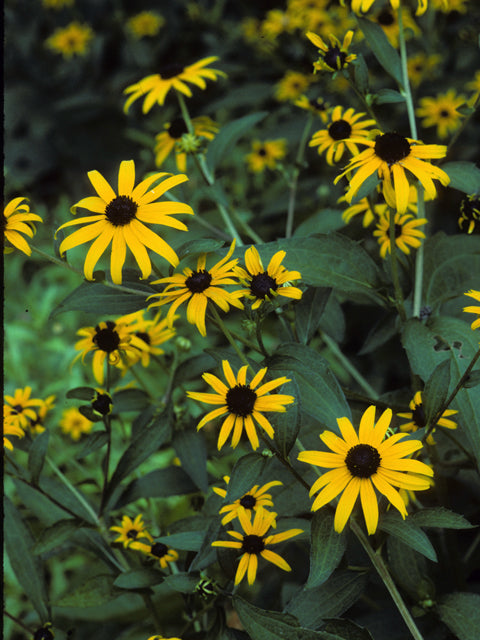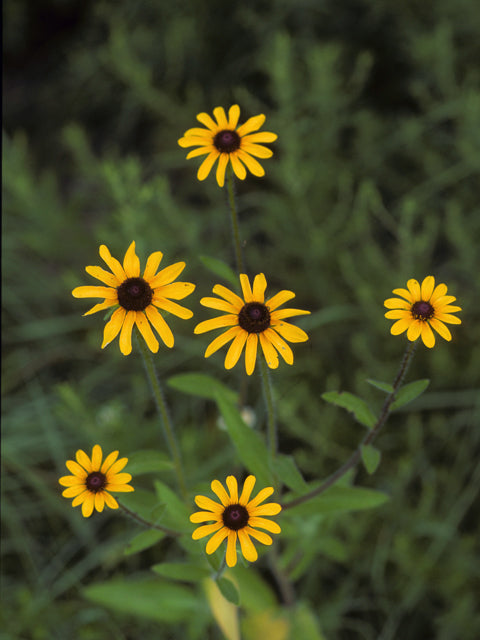Artemisia ludoviciana is native to North America, including Canada and Mexico. It is often referred to as white sage due to the appearance of its foliage. In spreading clumps, this herbaceous perennial grows to 2-3' tall on greenish-white stems topped with aromatic, lance-shaped, white, woolly leaves that are nearly glabrous above and nearly rhizomatous beneath. The addition of foliage to a garden adds contrast and texture. In summer, a dense panicle of yellowish-gray discoid flower heads appears at the stem ends. In terms of ornamental value, flowers are of little use. The flowers give way to dry achenes. When bruised, the foliage has an aromatic scent.
The genus is named for Artemis, the Greek goddess of the moon, wild animals, and hunting.
Grows best in sun, well-drained, dry to medium moisture soils with poor to moderate fertility. A well-drained soil is essential for growing this plant successfully. Plants perform poorly in moist to wet soils susceptible to root rot. In summer, plants tend to lodge, primarily if they are grown in fertile soil and part shade. Consider pinching back stems in late spring to reduce mature plant height. Plants may be sheared to revitalize if foliage declines or stems flop in summer. Plants may spread aggressively in the garden by rhizomes and by self-seeding. Prompt removal of flower heads as they appear prevents self-seeding. Soil barriers may help contain rhizomatous spread. Propagate by division in late summer to early autumn.
SILVER KING may spread somewhat aggressively in the garden by rhizomes, though it appears more restrained than the species. Soil barriers may be considered if growing it in borders close to other valuable perennials.




